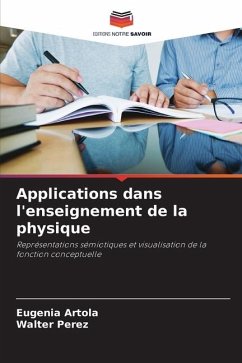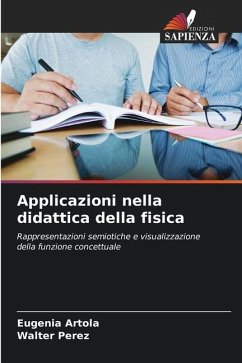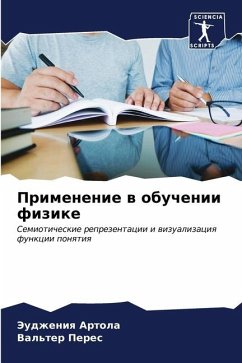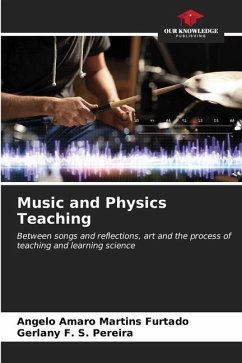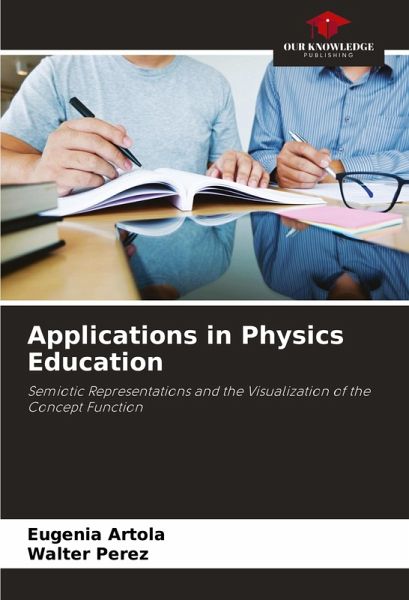
Applications in Physics Education
Semiotic Representations and the Visualization of the Concept Function
Versandkostenfrei!
Versandfertig in 6-10 Tagen
40,99 €
inkl. MwSt.

PAYBACK Punkte
20 °P sammeln!
On many occasions and throughout the ages, the concept of "function", in the mathematical sense, often appears to be related to that of change. Some functions are used to interpret, for example, the variation in the speed of a mobile over a given period, or the trajectory traveled by a satellite. Mathematical language and objects are becoming increasingly necessary in the representation of the different phenomena studied by physics and in the solution of the models resulting from these formulations. The problem consists in the use of real functions to model physical notions, in such a way that...
On many occasions and throughout the ages, the concept of "function", in the mathematical sense, often appears to be related to that of change. Some functions are used to interpret, for example, the variation in the speed of a mobile over a given period, or the trajectory traveled by a satellite. Mathematical language and objects are becoming increasingly necessary in the representation of the different phenomena studied by physics and in the solution of the models resulting from these formulations. The problem consists in the use of real functions to model physical notions, in such a way that it uses, among others, affine, linear, quadratic, trigonometric, logarithmic, exponential functions and their associated equations. The objective of this study is to generate a didactic sequence to be applied to high school students and to analyze the proposed activities, considering the semiotic representations of processing and conversion, and that of visualization that are proposed.



